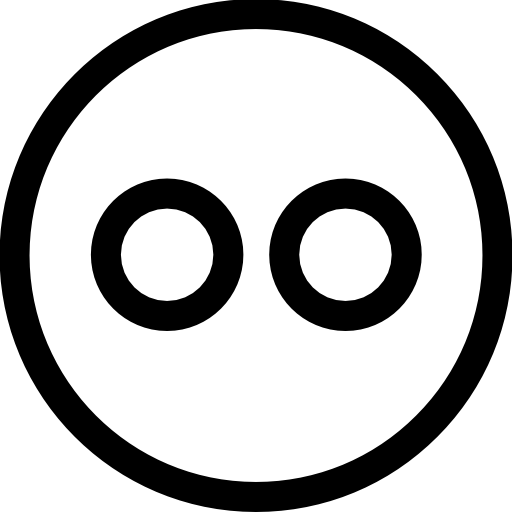
Japanese-style mayonnaise (also known as Kewpie mayonnaise, after the ubiquitous brand) is one of those condiments which I decided I couldn’t do without in my kitchen. It is richer, creamier and tangier than regular mayonnaise, and has a seductive umami je-ne-sais-quoi that makes you come back for more. Unfortunately, commercial Japanese mayonnaise contains very few wholesome ingredients and many additives that I prefer to avoid consuming.
According to its packaging, Japanese Kewpie mayonnaise contains: “Vegetable Oil (Canola Oil, Soybean Oil), Egg Yolk, Vinegar, Salt, Monosodium Glutamate, Spice, Natural Flavor”. Not only is this ingredient somewhat nebulous (spice? natural flavour? vinegar?), but it also uses inflammatory fats, and dubious flavouring agents. Decidedly unPaleo.

Many internet cooks have already tried to elaborate their own recipes for Kewpie mayonnaise, many concluding that MSG was a necessary addition in order to achieve that addictive umami flavour. The few Paleo recipes that I found omitted MSG, to the detriment of the flavour of the finished product. Japanese mayonnaise is not Japanese mayonnaise without umami. That is its essence.
How could I make a wholesome, MSG-free mayonnaise without sacrificing flavour? The basic ingredients were easy enough to figure out:
A pastured egg yolk — not only is it perfectly safe to eat raw, it also contains more micronutrients than eggs from caged hens.
Avocado oil — A neutral-flavoured oil with high in monounsaturated fat content
Rice vinegar — mild and pleasant, not to mention Japanese

Ingredients before emulsifying

After emulsifying
I followed Nami from Just One Cookbook‘s advice to use dijon mustard to supply the spice factor and the tang. The umami factor, however, was a little harder to crack. Kewpie unequivocally uses Monosodium Glutamate to add umami to its mayonnaise, and although the jury’s out on how bad MSG actually is for human health, I would much rather stick to real food ingredients. Dashi powder is an option, but as I could not find any that did not also contain MSG or other additives, I decided to use anchovy paste and shio koji to add umami depth to my recipe.
I was very happy with the results! Despite being as addictive as commercial preparations, you can rest assured that this mayonnaise is 100% good for you. It may not taste exactly like your beloved Kewpie, but it is pretty damn delicious regardless.

Joëlle
Yields 1 cup
Japanese mayonnaise is richer, tangier and creamier than regular mayonnaise, with an irresistible umami flavour. Is it possible to create a healthy, wholesome, Paleo-approved version without sacrificing taste? Absolutely!
2 minPrep Time
2 minTotal Time

Ingredients
- 1 pastured egg yolk
- 1/2 cup avocado oil
- 1 tsp anchovy paste
- 1 tsp dijon mustard
- 1 tbsp rice vinegar
- 1 tbsp shio koji
Instructions
- Make sure all your ingredients are at room temperature, to facilitate the emulsification.
- Put all ingredients into a mason jar and blend with an immersion blender until well combined, about 30 seconds.
- Store in the fridge for up to a week.
Notes
If you don't have an immersion blender, you can make mayonnaise using a food processor instead. Put all the ingredients except the avocado oil in the food processor and turn it on. Proceed to pour in the oil as slowly as possible. Shio koji (塩麹) is a lacto-fermented mixture of rice koji (rice inoculated with aspergillus oryzae spore -- the basis for many well-know Japanese ferments such as miso, sake and soy sauce). It provides enzymes and probiotics while imparting the dish with a unique umami flavour. You can substitute sea salt, himalayan salt or fish sauce. To learn more about shio koji, how to make it at home, and how to use it in the kitchen, click here.

Guidance and Inspiration
Just One Cookbook — Japanese Mayonnaise
❤ Thank you Nami!
 Save Recipe
Save Recipe




